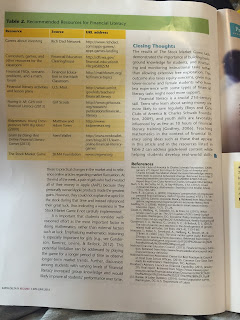The reading guide begins with introducing some basic vocabulary including expression and more specifically an algebraic expression. The definition of both of these terms are on page 200 of the textbook.
The next section goes into detail about parts of algebraic expressions, and defines what a coefficient is. In order to help students identify that coefficients will not always be super easy to identify (like in the example of 5X, the coefficient will be 5), I had them draw what 5X represents... they should draw an image similar to
X X X X X
With that same reasoning, they could reason that the coefficient for X would be 1 by drawing...
X
The next section delves into Order of Operations:
Parentheses
Exponent
Multiplication
Division
Addition
Subtraction
By prompting students to create their own mnemonic device, they are being creative, and can be silly, and it will most likely be easier for them to remember a mnemonic that they came up with themselves. Encourage them to share their devices with each other!
The "Check Your Understanding" is a way for them to make sure that they comprehend the skills they learned in this section, and they can check their answers in the book as well.
(Textbook: Everyday Mathematics: The University of Chicago School Mathematics Project ISBN: 978-0-02-138360-3)








